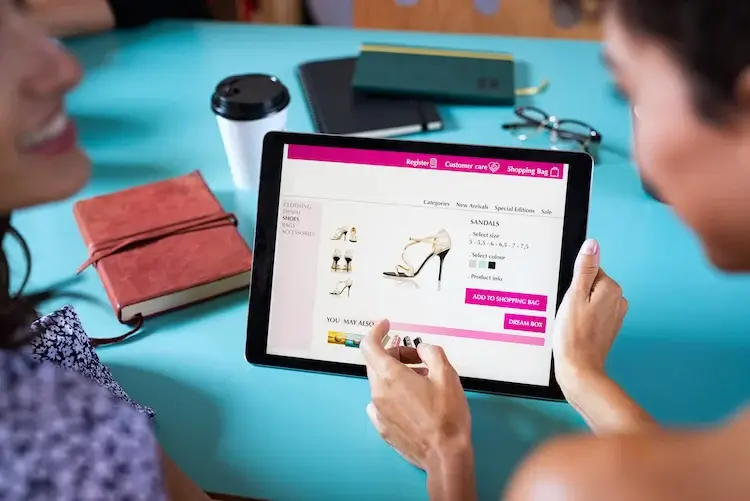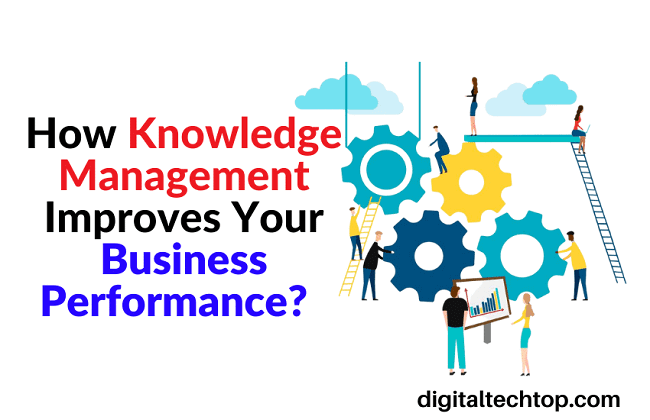How Content-Rich Product Pages Can Increase Your Sales

Here are some ways to improve your product pages: Make them informative. This will not only improve buyer confidence, but also reduce bounce-back rates and increase your search engine ranking. It is also a great way to increase your return-on-investment. If you’re wondering how to improve your product pages, here are some of the best practices. Keep reading to learn how to boost your sales through your product pages.
Improves buyer confidence
Enhanced content on product pages has a powerful impact on buyer confidence. It can be useful, informative, and inviting – giving a customer everything they need to make a decision. When done properly, this can boost a customer’s confidence in their purchasing decision. As a result, more buyers will turn to your site for future purchases. Here are some tips to improve buyer confidence on your product pages:
First, include high-quality images. According to Baymard Research, 87% of users will look at product pages before making a purchase. A good image is one of the most persuasive factors to encourage a purchase. High-quality images are an absolute must for product listings. 93% of shoppers consider a good image essential, so make sure it’s there. You’ll be amazed at how many people will make a purchase if they have a high-quality image.
Reduces bounce-back rates
Using product reviews to engage potential customers can reduce bounce rates. It also makes sense to provide a clear CTA and compelling copy on product pages. Visitors should be given more time to peruse your products than they would for other pages on your site. A return policy can counteract the risk aversion that many prospects have. And, if your page has a high bounce rate, consider segmenting lists of prospects based on product reviews to provide a more personalized experience.
Increased page load time is one way to reduce the bounce rate. Users are likely to bounce away from a page that takes longer than two or three seconds to load. Using a testing tool to assess your page’s load time can also help you determine where you can make improvements. Additionally, consider removing pop-up ads and data-heavy elements from your pages. Finally, A/B testing can help you determine whether your changes have a positive impact on bounce rate.
Bounce rate is the percentage of visitors who leave your site after viewing only one page. A high bounce rate means that visitors have trouble finding the information they are seeking and that you are missing conversion opportunities. A detailed analysis of your bounce rate will enable you to improve your navigation and placement of call to action buttons. Further, a high bounce rate may indicate that your content is not as engaging as you’d hoped.
A lower bounce rate is a sign of an engaged audience. If you have valuable content and a solution to their problem, your visitors will be less likely to bounce. And when they find what they’re looking for, they will not bounce back. The ideal bounce rate varies depending on your website and the source of traffic. Most ecommerce websites are focused on purpose rather than product, and a 50-70% bounce rate from organic traffic is a good score.
Improves search engine rankings
Rich snippets are a great way to get your product information listed in the results section of Google searches. They can include information such as price, availability, and unique features of your product line. In addition, you can include user-generated content such as ratings and reviews on your pages to give your visitors additional information on what they are looking at. Google has indicated that these elements are important for increasing click-through rates.
In addition to incorporating the primary keyword into your meta description, your product page should also contain the keyword in the title tag. Google crawls both these elements, so making sure that your focus keyword is in both is an important ranking factor. In addition, you’ll want to make the meta description as readable and engaging as possible. After all, it is the first impression that consumers will see when they are searching for a specific product.
Search engines have learned to read natural language and are less likely to penalize you for using keywords that don’t make sense. Long form content is more likely to provide answers, as it doesn’t require users to carry out mini research projects. Furthermore, longer content looks more impressive in Google’s eyes. So, if you have a long page with lots of content, it will surely rank higher in Google search results.
In addition to content-rich product pages, you should also make sure your product reviews are high-quality. Research shows that over 80 percent of consumers read customer reviews before buying a product. You should add relevant reviews to your product page and mark them with Schema. This will not only improve your product page SEO, but will also convert visitors into customers. So, don’t wait to implement these SEO tricks.
Improves return-on-investment
When it comes to increasing ROI, it is important to understand which channels are bringing the most traffic. While early returns are not always the best indicator, they are generally positive as volume increases. In addition, esoteric benefits are not easy to measure, but they usually correlate to increased sales. By tracking the ROI of your content, you can determine where you can improve your content strategy and attract more traffic.
First, you must understand your target market. Know what they want and need, what they’re afraid of, what obstacles stand in their way, and what makes them want what you’re offering. Only then can you create content that will engage your audience and help them make a decision. With that information, you can determine which content types will drive the most conversions and ROI. The higher your conversion rate, the higher your ROI.
Ultimately, the goal of your product pages is to convert visits into purchases. The content should be SEO optimized and include videos or images to highlight features. Besides converting traffic to sales, content should also highlight your pain points and showcase your product’s value. By incorporating these elements, you can increase your return-on-investment and increase your ROI. But before you do that, read these five tips for creating content-rich product pages.
When it comes to ROI, a well-designed content-rich product page can double your ROI. For example, a whitepaper and video created for an ebook can double your ROI if you use them correctly. The ROI of such content-rich product pages can be as high as five times your original investment. You can also track the costs of producing these videos and whitepapers to get a return on your content marketing efforts.
When it comes to ROI, content creators should remember that it is a business, and that great marketing is not always created with creativity in mind. Real-life Madison Avenue kings and queens have a clear ROI goal in mind, and they set goals based on sales and expenditures. They use ROI to determine which content is most effective and which is not. This is an important part of measuring ROI.






